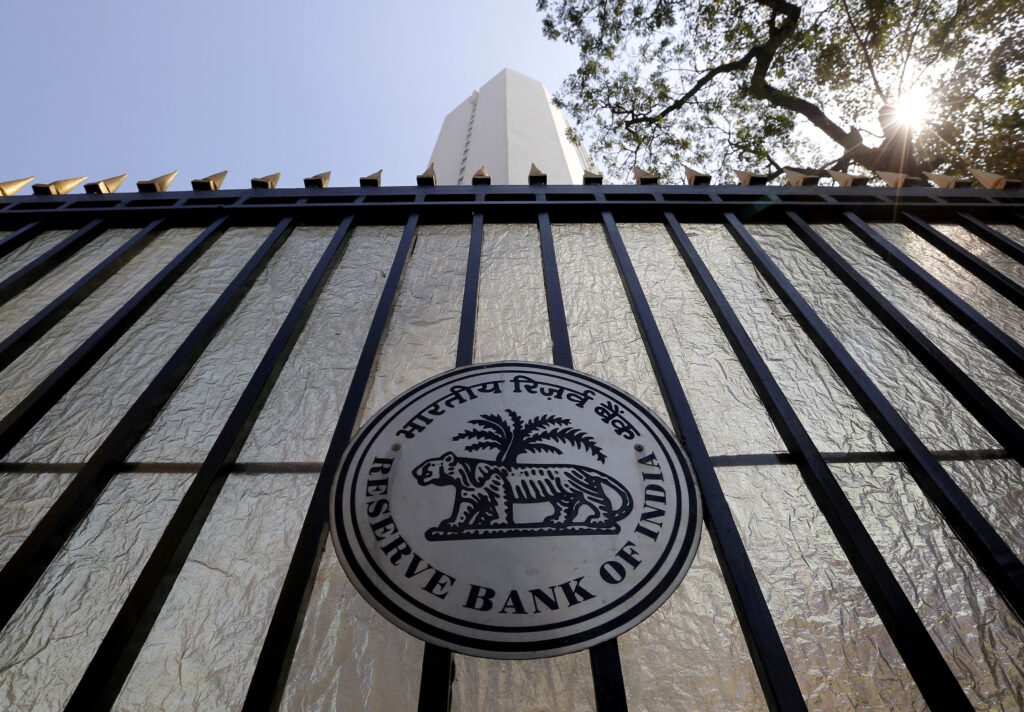India will launch its first retail digital currency pilot on December 1, the country’s central bank announced on Tuesday. A month after it started testing CBDC for the wholesale sector, the test will now also evaluate the development and distribution of the e-rupee in the South Asian market with a select group of consumers and businesses.
Four local banks will take part in the pilot’s initial phase in four cities: State Bank of India, ICICI Bank, Yes Bank, and IDFC (Mumbai, New Delhi, Bengaluru and Bhubaneswar). The Reserve Bank of India announced that Bank of Baroda, Union Bank of India, HDFC Bank, and Kotak Mahindra Bank will “subsequently” join the pilot. Ahmedabad, Gangtok, Guwahati, Hyderabad, Indore, Kochi, Lucknow, Patna, and Shimla will eventually be included in the pilot’s coverage area.
According to the statement, “the pilot’s scope may be gradually expanded to include other banks, users, and locations as required.”
According to RBI officials, the goal of the central bank is to reduce the economy’s reliance on cash, facilitate more affordable and efficient foreign payments, and shield citizens from the volatility of private cryptocurrencies. The central bank said it would test out new features and uses for the digital rupee in upcoming pilot programs based on the test’s findings.

In recent years, the central bank of India has generally worked to discourage its citizens from engaging in cryptocurrency trading. People with intimate knowledge of the situation noted that despite a judgement from the supreme court of the nation, the central bank continues to forbid banks in India from working with cryptocurrency platforms, making on-ramp a nightmare for the companies involved.
Rajeev Chandrasekhar, India’s minister of state for electronics and information technology, tweeted that Indian investors who withdrew from cryptocurrency due to the government’s “prudent guardrails of taxation and exchange control” should thank Prime Minister Narendra Modi for “his foresight and thus being saved from this crypto meltdown and losses.” This came as the collapse of FTX further wiped out the value of several cryptocurrencies.

Due to the unpredictability, the local ecosystem has seen some talent leave the nation and an increase in the number of local business owners who build for international markets rather than servicing customers in India, the second-largest internet market in the world.
This month, leading crypto companies like Coinbase and Polygon as well as regional exchanges CoinDCX, CoinSwitch Kuber, and WazirX established a new industry body to foster communication among important stakeholders and raise awareness of web3. This comes after the biggest regional crypto advocacy group was disbanded months prior.
At a time when numerous governments all over the world are testing digital versions of their currencies, the restricted roll-out of the e-rupee seems timely. In late October, Singapore’s monetary authority announced that it would test a digital version of the local currency. The Bahamas and China’s central banks have both conducted tests in this area. According to cryptocurrency juggernaut Binance, the National Bank of Kazakhstan intends to integrate its CBDC on the BNB Chain.
However, some people are worried about the unfettered growth of digital currencies.

Beijing is attempting to control markets and individuals through a variety of technologies, including the digital currency, according to recent warnings from Jeremy Fleming, the head of Britain’s Government Communications Headquarters. He noted that Beijing’s efforts to create a central bank digital currency could eventually allow it to circumvent international sanctions and allow it to monitor transactions for oppressive practices.
“Users will be able to transact with e₹-R through a digital wallet offered by the participating banks and stored on mobile phones / devices. Transactions can be both Person to Person (P2P) and Person to Merchant (P2M). Payments to merchants can be made using QR codes displayed at merchant locations. The e₹-R would offer features of physical cash like trust, safety and settlement finality. As in the case of cash, it will not earn any interest and can be converted to other forms of money, like deposits with banks,” the Reserve Bank of India said in a press announcement.
Download The Radiant App And Start Watching!
Web: Watch Now
LGTV™: Download
ROKU™: Download
XBox™: Download
Samsung TV™: Download
Amazon Fire TV™: Download
Android TV™: Download

